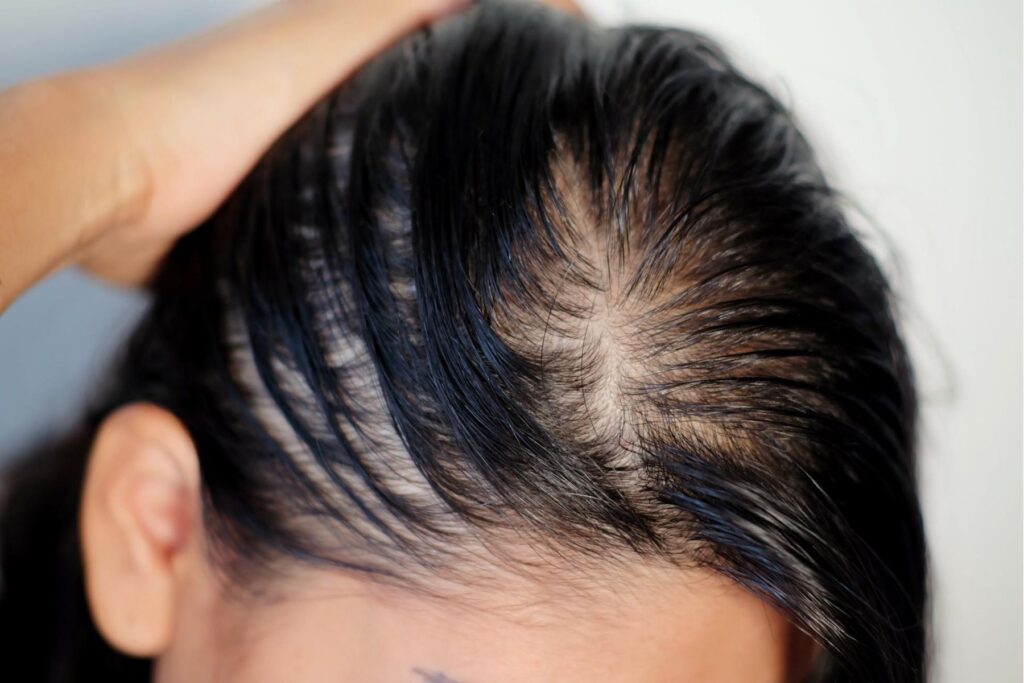Do you find yourself feeling exhausted, achy, and just not quite right? While many of us blame these symptoms on getting older or being too busy, there might be a crucial vitamin missing from your life. Vitamin D, often called the “sunshine vitamin,” plays such an important role in your health that when levels drop too low, your entire body can feel the effects.
What makes vitamin D deficiency particularly concerning is how common it has become in our modern world. With more time spent indoors, increased use of sunscreen, and fewer people eating vitamin D-rich foods, experts estimate that over 70% of older adults aren’t getting enough of this essential nutrient. The good news is that once you recognize the signs, fixing low vitamin D levels can help you feel better in ways you might not expect.
1. Your Bones Ache and Your Muscles Feel Weak

That nagging pain in your joints and muscles might not be just normal aging. When vitamin D levels drop too low, your bones can’t properly absorb the calcium they need, leading to a deep, persistent ache that’s often worse when you try to get moving. Many people describe it as a pain that seems to come from deep within their bones, especially in their legs, ribs, and joints.
Even more concerning is what’s happening beneath the surface. Without adequate vitamin D, your body struggles to maintain bone density, making your bones more fragile over time. This same deficiency affects your muscles, leading to weakness that you might notice when climbing stairs or trying to get up from a low chair. Many people say they feel unsteady on their feet or notice their legs giving out more easily than before.
2. You’re Feeling Down More Often

The connection between vitamin D and mood runs deeper than many realize. This vital nutrient helps regulate the production of serotonin, often called the “happy hormone,” in your brain. When vitamin D levels are low, you might find yourself feeling unusually sad, anxious, or irritable, even when there’s no obvious reason for these feelings.
The effects on mood tend to be even more noticeable during winter months when natural sunlight is scarce. Many people who struggle with seasonal mood changes are actually experiencing the effects of dropping vitamin D levels. This explains why some people feel their mood lift significantly after a sunny vacation or when they start taking vitamin D supplements under their doctor’s guidance.
3. Your Sleep Isn’t What It Used to Be
Poor sleep and vitamin D deficiency are more closely linked than you might think. Research shows that vitamin D receptors are present in the same parts of your brain that regulate sleep. When levels are low, it can disrupt your natural sleep-wake cycle, making it harder to fall asleep and stay asleep throughout the night.
The problem compounds itself because poor sleep can make you feel too tired to go outside during the day, further reducing your vitamin D levels. Many people find themselves caught in this frustrating cycle, where low vitamin D leads to poor sleep, which leads to less time outdoors and even lower vitamin D levels. Breaking this cycle often requires addressing both the sleep issues and the vitamin deficiency simultaneously.
4. You Keep Getting Sick
When it seems like you’re catching every cold and flu that comes around, your vitamin D levels might be to blame. This important vitamin helps activate your body’s immune cells, the warriors that fight off invading viruses and bacteria. Without enough vitamin D, it’s like sending your immune system into battle without proper equipment. Studies show that people with low vitamin D levels are more likely to get respiratory infections and take longer to recover when they do get sick.
The connection between vitamin D and immunity goes even deeper. Research has found that this vitamin helps reduce inflammation throughout your body, which is particularly important for older adults. When your vitamin D levels are optimal, your body is better equipped to fight off not just common colds, but also more serious health conditions. Many people notice they get sick less often after improving their vitamin D levels.
5. Your Hair Is Thinning

If you’re finding more hair on your brush or noticing your scalp showing through more than usual, vitamin D might be part of the problem. Each hair on your head goes through a natural growth cycle, and vitamin D plays a crucial role in this process. When levels are low, new hair growth can slow down while more existing hairs enter the falling-out phase, leading to noticeable thinning.
This issue affects both men and women, though it often shows up differently. Women might notice their part line getting wider or their ponytail becoming thinner, while men might see accelerated balding patterns. The good news is that unlike some causes of hair loss, this type often improves when vitamin D levels are restored. Many people report their hair feeling thicker and healthier within a few months of correcting their deficiency.
6. You Feel Tired Even After Resting
That overwhelming fatigue that doesn’t improve with rest might be your body’s way of signaling low vitamin D. This vitamin is essential for your cells’ power plants – the mitochondria – to produce energy efficiently. When levels are low, even simple tasks can feel exhausting, and you might find yourself needing naps during the day despite getting a full night’s sleep.
The fatigue associated with vitamin D deficiency often feels different from normal tiredness. People describe it as a deep weariness that affects both their body and mind. You might notice you’re having trouble concentrating, feeling unusually clumsy, or struggling to find the energy to do things you usually enjoy. This type of fatigue can significantly impact your quality of life, making it hard to stay active and engaged in daily activities.
How to Fix Your Vitamin D Levels
Embrace Safe Sun Exposure
While too much sun can be harmful, the right amount is crucial for vitamin D production. The best approach is to spend 15-20 minutes in the sun between 10 AM and 3 PM, when UVB rays are strongest. Start with just a few minutes if you’re fair-skinned, and gradually increase your time. Your arms and legs are the best areas to expose, as they have more surface area for vitamin D production.
Remember that several factors affect how well your body makes vitamin D from sunlight. Your age, skin color, the season, and where you live all play a role. People over 65 need more sun exposure because their skin doesn’t produce vitamin D as efficiently as it once did. During winter months in northern areas, you might need to rely more on other sources of vitamin D since the sun’s rays aren’t strong enough for vitamin D production.
Optimize Your Diet
While few foods naturally contain high amounts of vitamin D, making smart food choices can help boost your levels. Fatty fish like salmon, mackerel, and sardines are among the best natural sources. Try to include these fish in your meals at least twice a week. Egg yolks, especially from free-range chickens, also provide vitamin D, along with other important nutrients.
Don’t forget about fortified foods, which can be an excellent source of vitamin D, especially if you don’t eat much fish. Many dairy products, orange juices, and breakfast cereals are fortified with vitamin D. Check the labels on these products, as the amount of added vitamin D can vary significantly. Some plant-based milk alternatives are also fortified, making them a good option for those who don’t consume dairy.
Work with Your Healthcare Provider
The first step in addressing vitamin D deficiency is getting your levels tested. This simple blood test can tell you exactly where you stand and help your healthcare provider recommend the right amount of supplementation for your specific needs. Don’t be surprised if your initial prescription is for a higher dose – many people need a “loading dose” to quickly bring their levels up to normal.
Most importantly, don’t try to diagnose and treat vitamin D deficiency on your own. Too much vitamin D can be harmful, and the right amount varies greatly depending on your age, weight, overall health, and other medications you might be taking. Regular monitoring helps ensure you’re getting enough without getting too much.
Making Long-Term Changes
Maintaining healthy vitamin D levels is an ongoing process that requires attention throughout the year. Create a daily routine that includes some outdoor time, even if it’s just sitting by a sunny window while you read or have your morning coffee. Pay attention to how you feel as your levels improve – many people report feeling significantly better within a few weeks of starting treatment.
Remember that your vitamin D needs may change with the seasons and as you age. Stay in touch with your healthcare provider, and don’t hesitate to get your levels rechecked if you start noticing any of these warning signs again. Taking care of your vitamin D levels is a simple but powerful way to support your overall health and well-being as you age.

